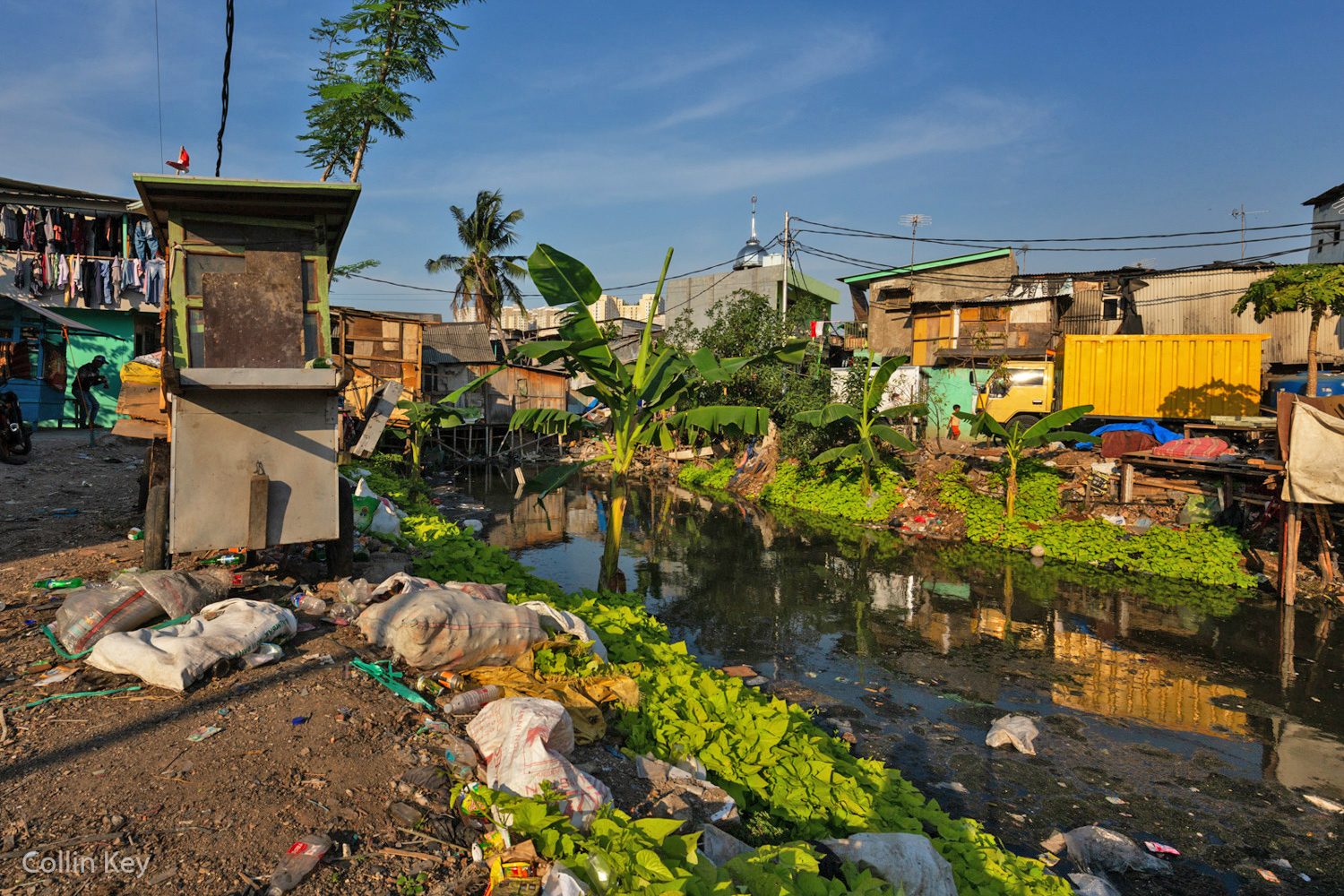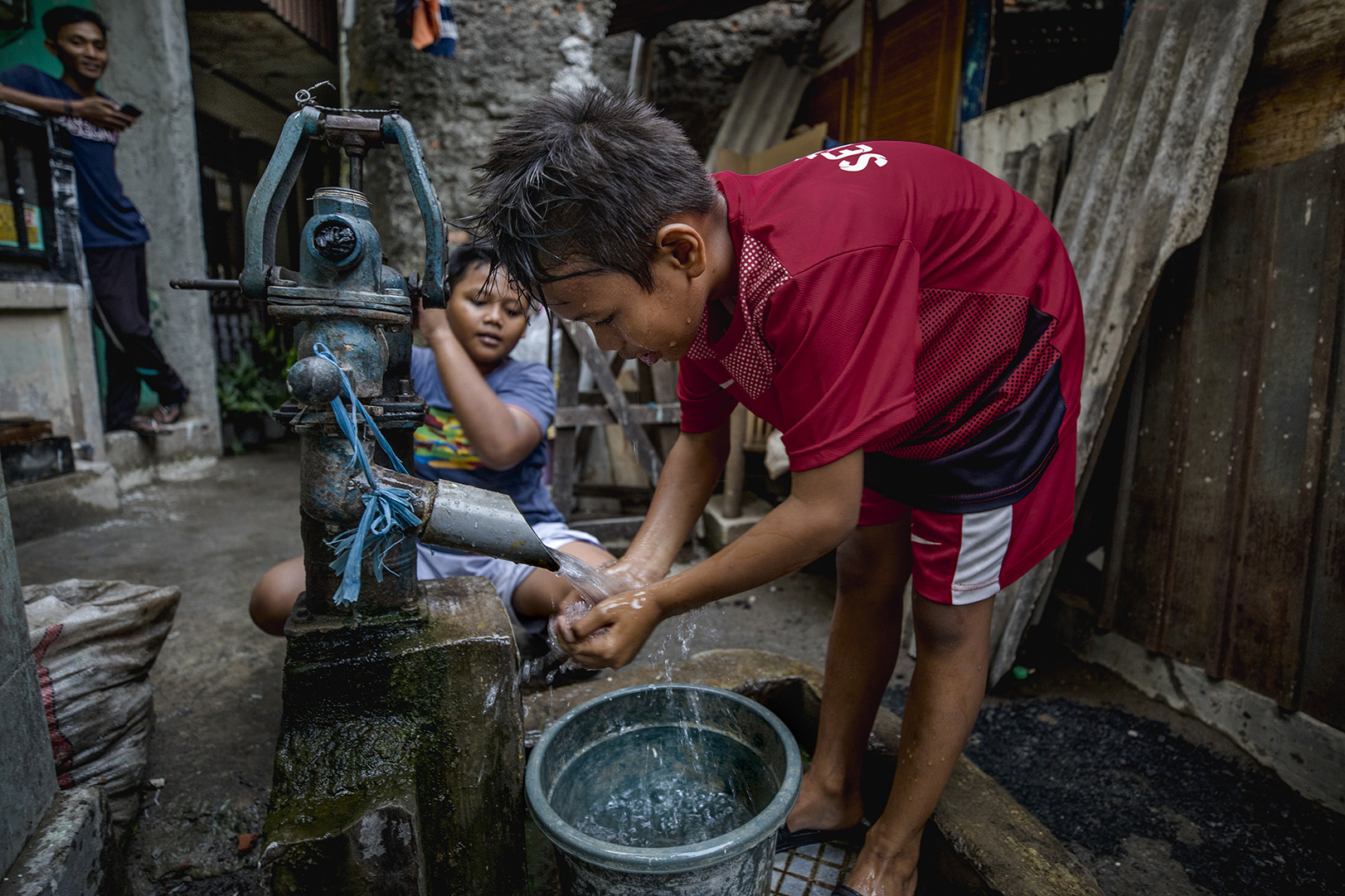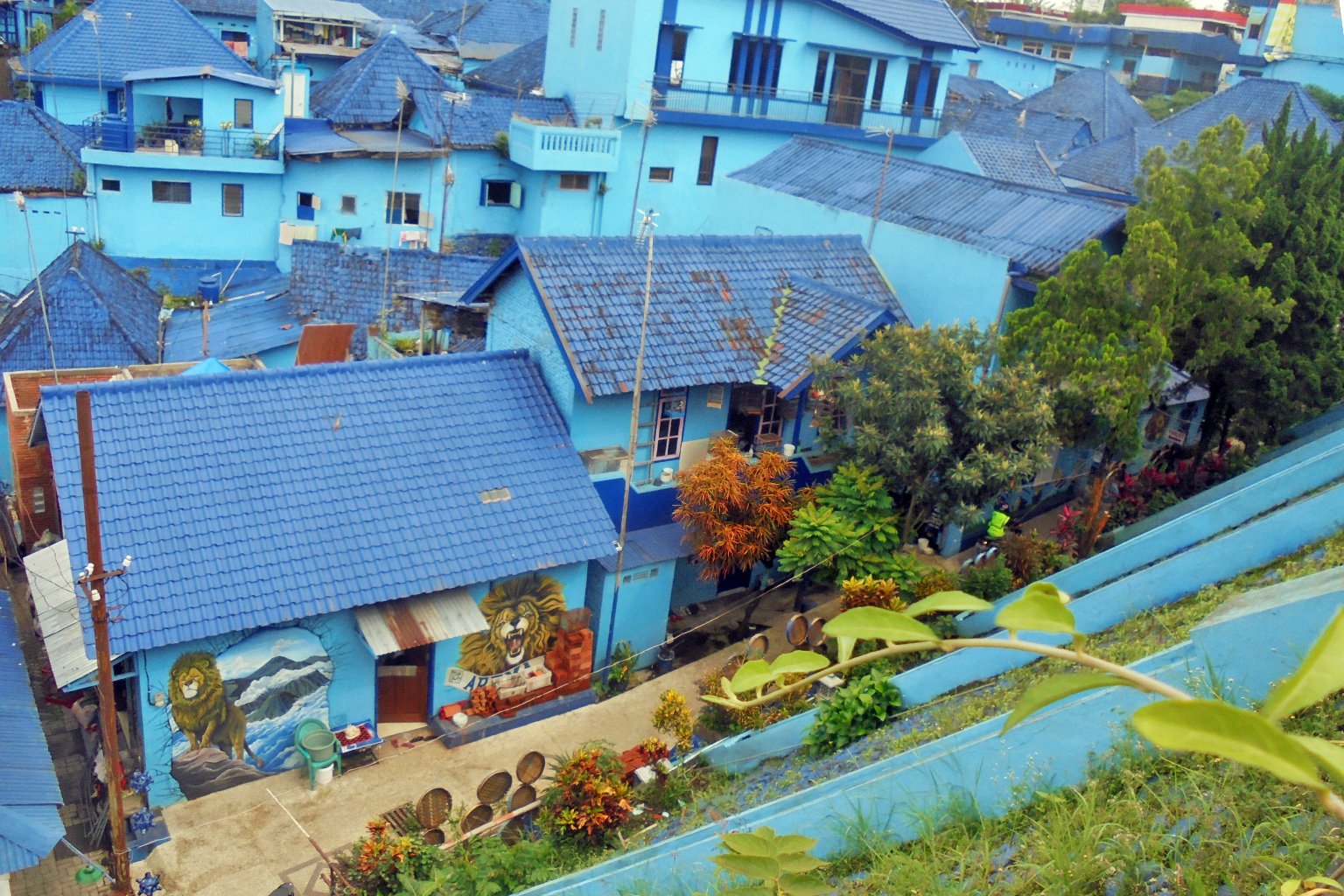- Nature-based solutions are increasingly being seen as a way of providing societal benefits and conserving biodiversity.
- Informal settlements, which lack necessary infrastructure and are often at the forefront of climate change and other natural disasters, can benefit from nature-based solutions and improve residents’ quality of life.
- A recent study explored the different forms of nature-based solutions in practice in Southeast Asia and the Pacific, their benefits and disadvantages, and identifies factors that make them successful.
- While the term “nature-based solutions” has recently been popularized in the Global North, researchers note that communities in many parts of the world have engaged in these practices for centuries.
We live in a rapidly urbanizing world, with half of humanity now concentrated in cities.
Without adequate and affordable housing, more than a billion people live in informal settlements or urban slums, which lack essential infrastructure and services such as sanitation and secure land tenure.
As the climate changes, people living in these informal areas are increasingly at risk.
“Informal settlements are some of the areas that are disproportionately affected by disasters,” says urban researcher Erich Wolff of Nanyang Technological University in Singapore. These include pandemics, earthquakes, tropical cyclones, floods and tsunamis. “So people have very pressing issues in their sights, and they are at the forefront of the effects of climate change.”
To cope with the lack of infrastructure and services, residents of informal settlements often turn to nature. They rely on local food systems, use wetlands to treat wastewater, or depend on trees to ward off the heat. Strategies like these fall under the umbrella of nature-based solutions, a term increasingly used in conservation circles to describe practices that rely on nature and heathy ecosystems to address a societal challenge while also providing biodiversity benefits. But there’s been little formal study on the extent of these practices in the Global South, and their benefits and limitations in tackling the challenges of life in informal areas.
In a recent study, Wolff and his colleagues attempted to quantify and analyze the different forms of nature-based solutions currently practiced in informal settlements in Southeast Asia and the Pacific, reviewing more than 1,700 peer-reviewed studies as well as reports and policy documents. They identified 37 nature-based solutions implemented in the region, initiated by governments, institutions, NGOs, and communities themselves. The study, published in the journal Environmental Science & Policy, also identifies likely factors that contribute to the success of such initiatives.
The study found that nature-based solutions in informal settlements varied in complexity and took many different forms: constructed wetlands, community gardens, open green spaces, restoration of riparian vegetation, street trees, and infiltration devices like trenches and rain gardens to manage stormwater runoff. Vietnam and Indonesia had the most documented projects, followed by Thailand, Cambodia and Fiji. Community gardens were the most popular intervention, followed by waterfront vegetation restoration.

Programs led by organizations and banks tended to focus on interventions that address climate resilience and provide services such as wastewater treatment. By contrast, grassroots initiatives led by local communities focused on food security, income generation and community building.
Communities derived a variety of benefits from these projects, including generating income, achieving food security, adapting to a changing climate, and improving sanitation. “There’s a multifunctionality into nature-based solutions,” Wolff says. “They very often are addressing aesthetics, but they’re also producing food, supporting biodiversity and contributing to water quality.”
For example, one of the projects analyzed in the study was the construction of wetlands in low-lying, flood-prone informal settlements in Makassar, the largest city on the Indonesian island of Sulawesi. The wetlands were found to not only reduce yearly seasonal flooding, but also cleaned wastewater, harbored a thriving aquatic ecosystem, and reduced the water that entered people’s houses, making access easier and avoiding the expense of erecting temporary bamboo bridges. The wetlands, built in 2018 by the Revitalising Informal Settlements and their Environments (RISE) research program, also have infiltration devices like planted swales (shallow channels to absorb water runoff) and rain gardens with native plants. Recently, with clean water now available, the government has invested in hydroponics for residents to grow vegetables. Overall, this nature-based solution has improved the community’s quality of life, says Noor Ilhamsyah, an architect at RISE, who was not involved in the study.
The researchers also noted that some nature-based projects had political implications and didn’t necessarily result in long-term benefits for the urban poor. For example, some were framed as “compensation” for the disruption caused by relocating or “upgrading” informal settlements. In cities where land is at a premium, projects were also found to act as “placeholders” that reserved land for later use for schools or hospitals or other kinds of development. In a few projects, nature-based solutions acted as a land steward and conduit to prevent land use by communities in ways that could expose them to natural disasters.
“It’s really important to be looking at the political implications of nature-based solutions,” Wolff says, “because what [our findings] show is that not necessarily they would always be ecologically and socially fair.”


Community trust at the center of solutions
Although the documents reviewed in the study were limited to publications in English and the researchers didn’t conduct on-the-ground reviews of the 37 projects analyzed, the findings indicate that community participation plays a key role in long-term success. “Whether they are community-driven or externally driven, they tend to be more successful if the community is deeply involved,” Wolff says.
“When you add all the adjectives, like ‘low income’ and ‘informal,’ these communities essentially have lots of distrust as they have been exploited through and through repeatedly,” says environmental engineer Missaka Hettiarachchi, who works with WWF’s environment and disaster management program. “It’s actually a matter of building trust.”
Instead of presenting a grand solution to communities, he says, organizations and governments must get their participation.
Tailored solutions in the Global South
In the Global North, nature-based solutions like wetlands, marshes or green roofs are gaining popularity and are primarily associated with climate adaptation and resilience. Hettiarachchi, who was not involved in the study, traces this development to the 1990s, when urban planners in Europe turned to sustainable urban drainage to address flooding issues as traditional engineering solutions fell short. But in the Global South, nature-based methods are “nothing new,” he says. “They’re as old as nature itself.”
Unlike in the Global North, where the term is now a buzzword, low-cost solutions that rely on nature to address societal challenges have long existed in many parts of the world without being explicitly called so.

“In the Global South, people sometimes are already doing climate-resilience projects, but they just don’t call it that,” Wolff says, adding it’s time to expand the definition of “nature-based solutions” to make it truly global.
“We should be pushing for understanding conventional Indigenous systems also as nature-based solutions,” he says. “Push the boundaries of the terms a little bit to understand that if this term is to be globally relevant, it needs to accommodate different types of nature-based solutions.”
The forms of nature-based solutions uncovered in this study help move the discussion in that direction, proponents say.
In a changing world, relying on nature-based solutions is “not a choice anymore,” Hettiarachchi says. “It’s not a question of if, but when would [we] be able to fully integrate nature-based methods into our decision-making and planning.”
Banner image: A boat merchant in the canals of Bangkok, Thailand. Image by Alex Berger via Flickr (CC BY-NC 2.0).
Biodiversity, human rights safeguards crucial to nature-based solutions: Critics
Citation:
Wolff, E., Rauf, H. A., & Hamel, P. (2023). Nature-based solutions in informal settlements: A systematic review of projects in Southeast Asian and Pacific countries. Environmental Science & Policy, 145, 275-285. doi:10.1016/j.envsci.2023.04.014
FEEDBACK: Use this form to send a message to the author of this post. If you want to post a public comment, you can do that at the bottom of the page.
